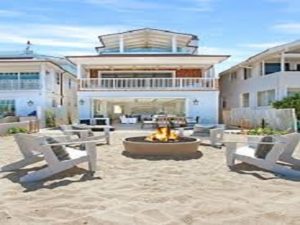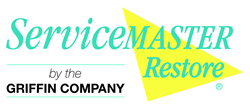
Mold and My Beach House- If owning property on the beach is in your near future, there are a few things you need to keep in mind, one primarily is the present of Mold in these normally humid and moist areas of the country.
The first question that needs answering Is “What is Mold?”
Molds are types of fungi. They grow in the natural environment. Tiny particles of molds are found everywhere in indoor and outdoor air. In nature, molds help break down dead materials, and can be found growing on soil, foods, plants and other items. Molds are also very common in buildings and homes. Mold needs moisture to grow. Indoors, mold growth can be found where humidity levels are high, like basements and showers. Molds produce microscopic cells called “spores” that are spread easily through the air. Spores can also be spread by water and insects. Live spores act like seeds, forming new mold colonies when they find the right conditions.
Second question is “What makes Mold grow?”
Mold only needs a few things to grow and multiply:
- Nutrients (food)
- A suitable place to grow
- Moisture
Many building materials (such as wood, sheetrock, etc.) provide food that can support mold growth. Even dust that has settled on these materials or furniture can be a food source for molds. Molds can grow almost anywhere there is enough moisture or high humidity. Controlling moisture is the key to stopping indoor mold growth, because all molds require water to grow. Moisture can come from:
- Flooding from the outside (storm water, overflowing lakes, streams, storm surge, etc.)
- Flooding from the indoor (overflow from sinks, tubs, toilets, air conditioner drain pans or sewerage systems)
- Condensation (caused by indoor humidity that is too high or surfaces that are too cold)
- Water leaks from outside the building (roof, walls, floors)
- Indoor plumbing leaks or broken water pipes
- Outdoor sprinkler spray hitting the walls, or indoor fire sprinklers
- Poor venting of kitchen and bathroom moisture (steam from shower or cooking)
- Humidifier use
- Drying wet clothes indoors, or not venting clothes dryers outdoors (including electric dryers)
- House plants (over watering, etc.)
- Moisture from our bodies (sweat, wet hair on pillows, breath)
- Warm, moist air from outdoors
And last “Should I be worried about mold in my beach house?”
Yes and no. On the one hand, there will always be mold in your home in the form of spores and pieces of mold cells. The presence of mold in the air is normal. On the other hand, one should not let mold grow and multiply indoors. When this happens, your level of exposure can increase, thereby increasing the risk of potential health problems. Building materials, household goods and furnishings may also be damaged. Mold needs to eat to survive, and it’s perfectly happy eating your home if you allow it.
With all this said, we at ServiceMaster Restoration by the Griffin Company would like to put your mind at ease with Mold is a concern to you. We are the Mold Remediation experts i
